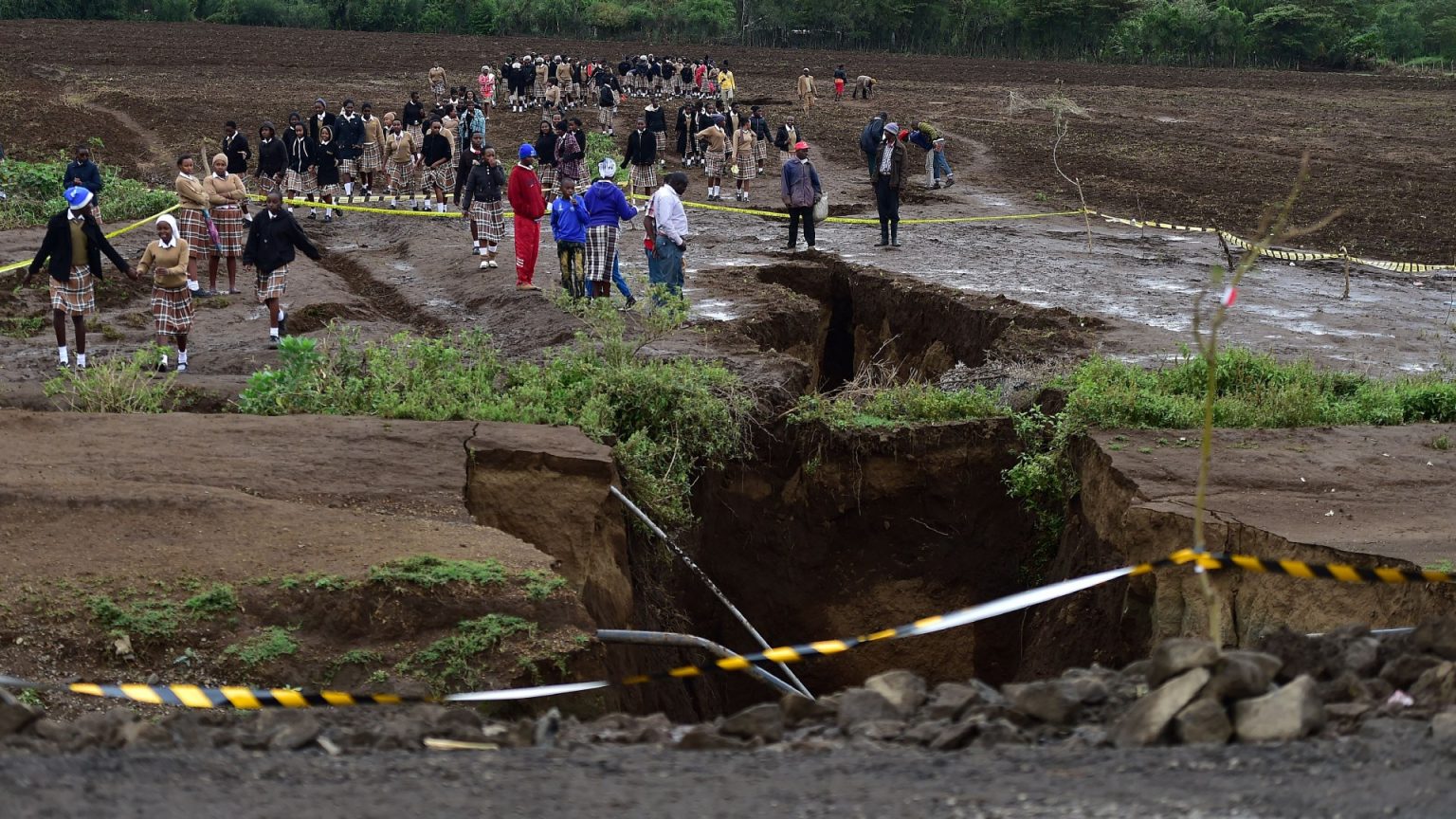The African continent is undergoing a dramatic geological transformation, splitting apart at a rate double what scientists initially predicted. A 35-mile fissure in the Ethiopian desert, first observed in 2005, is widening by half an inch annually, a pace twice as fast as toenail growth. While researchers previously estimated the continental division would unfold over tens of millions of years, recent studies suggest this process could occur within one to five million years. This accelerated timeline highlights the dynamic nature of Earth’s tectonic forces. The split is driven by the movement of tectonic plates, which have shaped the continent’s landscape over millennia, creating towering mountains and vast basins. Now, these same forces are pulling the continent apart, potentially giving rise to a new ocean and a smaller continent tentatively named “Nubia.”
This nascent continent, comprised of Somalia and portions of Ethiopia, Kenya, and Tanzania, will boast a new coastline, dramatically redrawing the map of Africa. The influx of water from the Indian Ocean into the East African Rift Valley will gradually form this new ocean, potentially reaching depths comparable to the Atlantic. This geological shift will have profound implications for the continent’s geography. Six currently landlocked countries – Malawi, Zambia, Burundi, Rwanda, Uganda, and the Democratic Republic of Congo – could eventually gain coastlines, although this transformation lies far in the future. While the changes are imperceptible on a human timescale, the region will likely experience increased seismic and volcanic activity as the rift continues to widen.
The formation of this new ocean will be significantly influenced by the African Great Lakes, a collection of some of the largest freshwater bodies on Earth. These lakes, which hold approximately 25% of the planet’s unfrozen surface freshwater and harbor 10% of its fish species, will gradually feed into the nascent ocean, contributing to its growth and shaping its unique ecosystem. The ongoing eastward movement of the Somali plate is the driving force behind this continental rift, creating the vast valley that will eventually become the new ocean basin. This process underscores the dynamic and ever-changing nature of Earth’s geology.
The geological process responsible for this continental division is known as “continental rifting,” where tectonic plates diverge. Hotspots of magma beneath the Earth’s crust exploit weaknesses in the overlying crust, forcing their way through and eventually splitting the landmass. This process, typically spanning tens of millions of years, is the same mechanism that has shaped the Earth’s current continental configuration. Continental rifting is a fundamental process in Earth’s history, responsible for the formation of the seven continents we know today. Approximately 240 million years ago, Earth consisted of a single supercontinent called Pangaea. Around 200 million years ago, this massive landmass began to fragment due to a three-pronged fissure that developed between Africa, South America, and North America.
This ancient rifting event had far-reaching consequences for the planet’s geography. Mountain ranges like the Scottish Highlands, the Appalachians, and the Atlas Mountains, which were once part of a single, continuous range on Pangaea, were separated by continental drift. The current splitting of Africa echoes these ancient processes, demonstrating the ongoing reshaping of the Earth’s surface by powerful geological forces. The dramatic fissures appearing in the landscape, such as the one in Ethiopia and the more recent chasm in Kenya that forced residents to abandon their homes and farms, offer stark visual evidence of these ongoing changes.
The African continent’s ongoing division represents a captivating example of Earth’s dynamic geological processes. While the full extent of this transformation will not be realized for millions of years, the current evidence, including the widening fissures and increased seismic activity, provides a glimpse into the future of the African continent and the forces that shape our planet. The formation of a new ocean, the emergence of a new continent, and the dramatic reshaping of coastlines will have profound implications for the region’s ecology, geography, and human populations far into the future. The ongoing research and observation of this geological phenomenon offer invaluable insights into the powerful forces that have shaped, and continue to shape, our planet.











